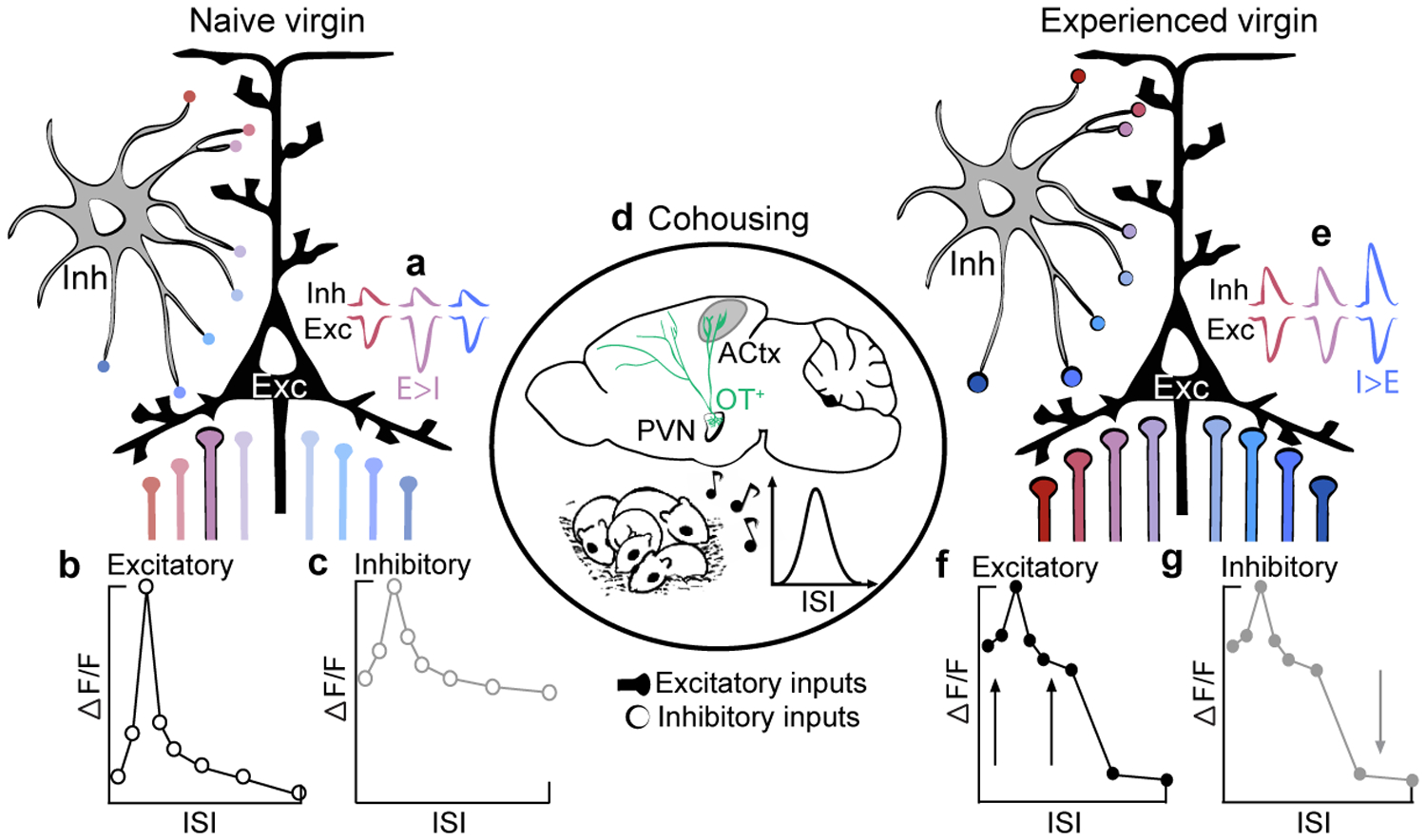Extended Data Figure 10. Intrinsic tuning in auditory cortex acts as a scaffold for experience-dependent plasticity during cohousing.

a,e, synaptic tuning; b,c,f,g, neuronal tuning. Colors denote ISIs used throughout the manuscript (red=fast, pink=prototypes, blue=slow). a,b, In pup-naive auditory cortex, excitatory neurons respond robustly to prototypical calls (a) as a result of sharply tuned excitatory drive and weak, untuned synaptic inhibition (b). Intrinsic tuning might result from hardwired cortical circuits or developmental experiences. c, Interneurons exhibit broad, unselective tuning characteristic of inhibitory populations that pool local activity. d, Oxytocin release during cohousing, possibly stimulated by virgin-pup interactions, may serve to transiently decrease intracortical inhibition8. This could enable the re-balancing of excitatory-inhibitory inputs: excitatory neurons broaden as excitatory drive increases across all ISIs. While inhibitory output tuning sharpens, net postsynaptic inhibitory drive is enhanced to (1) balance the increase in excitation across salient ISIs8 and (2) sharpen tuning to slow ISIs (e, I>E for slow ISIs). As a result of oxytocin receptor lateralization8, left auditory cortex may be particularly sensitive to exemplars frequently heard during cohousing. Whereas oxytocin may disinhibit the network, proper spike timing in relation to pup vocalizations is also required for the pairing of reliable pre- and post-synaptic activity27 (Fig. 4d). e-g, In experienced virgins, excitatory and inhibitory neurons are broadly tuned to behaviorally-salient ISIs, which reflect exemplar statistics, to enable generalization and reliable pup retrieval.
